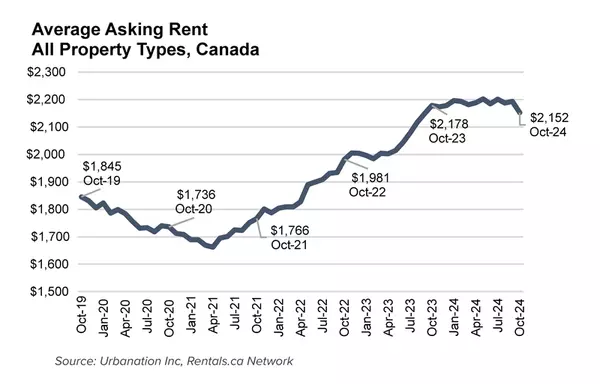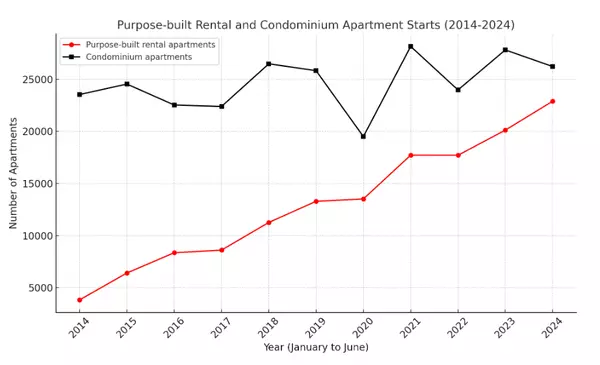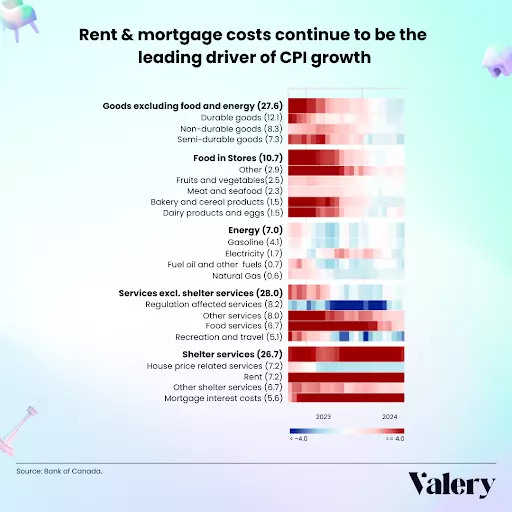How to Build Wealth with Multi-Family Investments
Multi-family real estate investments can be an effective way to build wealth; they have been a part of many successful portfolios. Unlike other forms of investment, multi-family properties offer a unique combination of steady cash flow, scalability, and long-term appreciation. However, it does require a strategic approach, a deep understanding of market dynamics, and a commitment to ongoing management.
Start with Market Research: Follow the Smart Money
One of the keys to building wealth with multi-family investments is understanding where the “smart money” is going. Conducting thorough research to determine where large institutional investors and experienced real estate professionals are putting their capital can help. These groups often have extensive research teams and access to data that individual investors may not.
This approach allows you to spot signals for which areas have potential for growth. By following the smart money, you can benefit from the insights of larger players to take advantage of market trends. This reduces the risk of making poor investment choices and increases the likelihood of substantial returns. It is important, however, to act quickly, before trends change again or opportunities are already taken.
Leverage Favourable Financing: Gain a Better ROI With Lower Costs of Borrowing
Financing plays a crucial role in building wealth with multi-family properties. Unlike single-family homes, where financing is typically straightforward, multi-family properties—especially those with five or more units—fall under commercial real estate. This opens up opportunities for different financing structures that can enhance the investor’s purchasing power and potential returns.
It is important to understand cap rates and market valuation, which are critical when securing financing for multi-family properties, as these are considered by the banks for financing. Banks are more likely to finance properties with higher cap rates and offer more positive terms, allowing investors to leverage their investments and achieve higher returns.
The cap rate, or capitalization rate, measures the property’s potential return on investment, calculated by dividing the property’s net operating income (NOI) by its current market value. A higher cap rate typically indicates a better return on investment, which makes the property more appealing to banks and lenders.
Banks prefer to finance properties with higher cap rates because these properties generate more income relative to their value, reducing the lender’s risk. When a property has a higher cap rate, lenders are often more willing to offer favourable loan terms, such as lower interest rates or higher loan-to-value ratios. This allows investors to borrow more against the property’s value, enhancing their ability to leverage the investment.
Save on Property Management: The Power of Scale
Multi-family properties often benefit from economies of scale, where the cost per unit decreases as the number of units increases, making larger properties more financially efficient.
Maximize Cash Flow: Implement Value-Add Strategies
To build significant wealth, focusing on maximizing cash flow is essential. Multi-family properties provide multiple income streams from various units, which can be optimized through strategic value-added initiatives. These initiatives could include renovations, upgrades, or reconfigurations that enhance the property’s appeal and increase rental income.
During periods of high interest rates, opportunities may arise to acquire properties at lower prices or with good financing terms. By investing in properties that require updates or renovations, investors can increase rental rates and, consequently, the property’s value. By renovating units in strategic ways, such as upgrading kitchens, and updating common areas, landlords can justify higher rents and attract higher-quality tenants, boosting overall cash flow and property valuation.
Effective Property Management: Preserve and Enhance Value
Building wealth with multi-family investments hinges on effective property management. Proper management keeps the property in good condition, ensures tenant satisfaction, and optimizes financial operations. Key practices include regular maintenance, prompt responses to tenant concerns, and efficient rent collection. These actions prevent costly issues and maintain the property’s profitability. Additionally, effective management helps sustain high occupancy rates, ensuring a steady cash flow.
Consult with Tax Professionals: Tax Strategies and Incentives
Multi-family properties can offer various tax benefits, such as depreciation deductions and mortgage interest deductions. Working with a tax professional familiar with real estate investments can maximize these benefits. Leveraging tax incentives and structuring investments efficiently increases net income which can be reinvested into additional properties to further build wealth.
Reinvest: Building a Robust Portfolio
To achieve substantial wealth through multi-family investments, investors should consider reinvesting profits into additional properties. Scaling up the portfolio allows investors to take advantage of economies of scale and further diversify their holdings. By continually reinvesting and expanding their portfolios, investors can compound their returns and accelerate wealth accumulation. This approach not only maximizes potential returns but also provides a buffer against market fluctuations by diversifying across multiple properties and locations.
About the Author
Simeon Papailias is a leading finance expert and influential figure in the industry. Known for his extensive connections and respected insights, Simeon stands out as one of the top professionals in the nation, offering valuable market knowledge and straightforward advice. Beyond his role as a Commercial and Investment Broker, Simeon is a dedicated advocate for the real estate sector and a passionate entrepreneur committed to guiding others toward their goals and purpose.
Categories
Recent Posts










GET MORE INFORMATION


